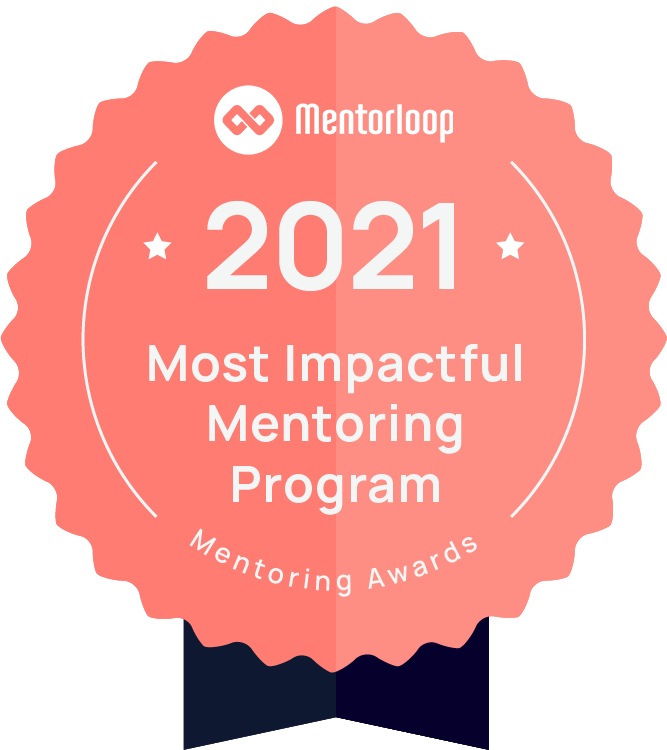From Small Conversations to Building an Inclusive Workplace
In 2020, events involving racial injustice in the USA meant that for the first time, deep and candid conversations around diversity and inclusion were happening within the USTA. However, there was still some reluctance and discomfort around how to openly and respectfully discuss these topics in the workplace without fear of judgment or saying the wrong thing.
In light of this, the USTA Diversity & Inclusion team saw that a mentoring program could play a pivotal role in creating greater understanding and awareness of different cultural backgrounds while providing a safe environment for employees to learn about and share their experiences. This initiative would allow them to provide an avenue for employees of different backgrounds in different areas of the organisation, who normally would not have the chance to interact, to connect.



